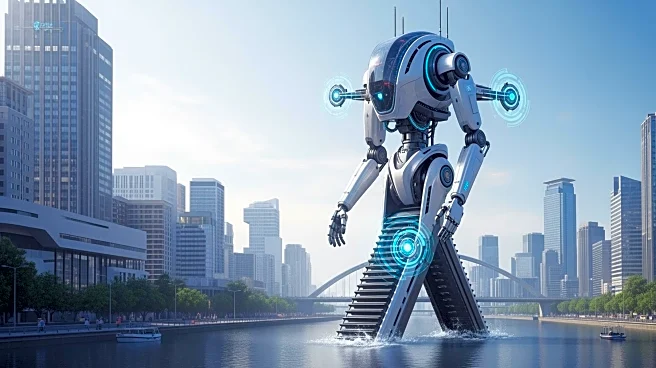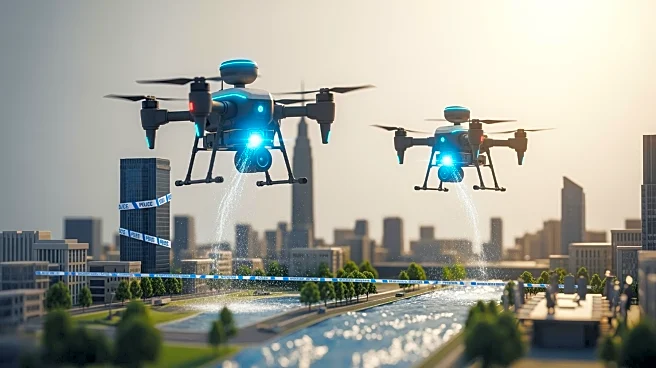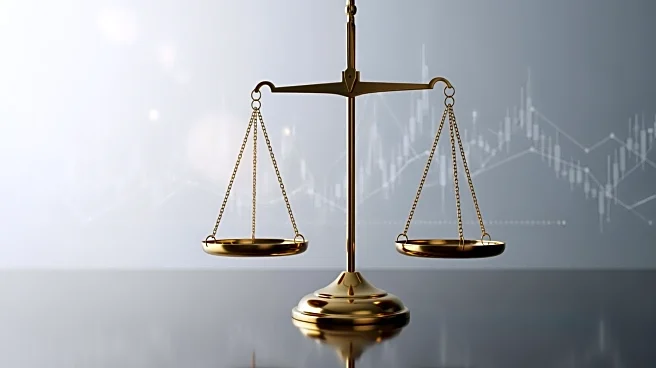What's Happening?
Terranova, a startup co-founded by Laurence Allen, is implementing a unique solution to address urban flooding in San Rafael, California. The company is using robots to inject a slurry of wood waste into
the ground, gradually elevating the land to counteract the effects of rising sea levels. This innovative approach is being tested in areas of San Rafael that are experiencing significant sinking, posing flood risks. The project is estimated to cost $92 million to lift 240 acres, which is considerably less than traditional seawall construction costs that range from $500 to $900 million. Terranova has secured $7 million in seed funding led by Congruent Ventures and Outlander, valuing the company at $25.1 million. The startup plans to expand its services to other land-lifting projects, including wetlands remediation.
Why It's Important?
Terranova's approach offers a cost-effective alternative to traditional flood prevention methods, potentially revolutionizing urban planning and infrastructure development. By reducing the financial burden associated with seawall construction, cities facing similar challenges could adopt this technology, leading to widespread economic benefits. The success of this project could influence public policy and encourage investment in innovative environmental solutions. Stakeholders such as local governments, environmental agencies, and urban planners stand to gain from reduced costs and improved flood management strategies.
What's Next?
If successful, Terranova's technology could be adopted by other cities facing similar flooding challenges, leading to broader implementation across the U.S. The company plans to expand its services to include wetlands remediation, which could further enhance its market presence. Potential reactions from environmental groups and urban planners could drive further investment and development in sustainable infrastructure solutions.
Beyond the Headlines
The use of robots and advanced software in environmental management highlights the growing intersection of technology and sustainability. This development could lead to ethical discussions about the impact of technology on natural landscapes and the balance between innovation and environmental preservation.












